The Yellow Stainer mushroom, scientifically known as Agaricus xanthodermus, is a distinctive species. The edges of the rather bland, plain white cap turn a brilliant yellow when rubbed or bruised. While its exceptional yellow-staining characteristic makes it a fascinating find, its toxicity underscores the importance of accurately identifying mushrooms. This is especially true since it resembles quite a few other edible Agaricus species.
- Scientific Name: Agaricus xanthodermus
- Common Names: Yellow-staining mushroom, Yellow Stainer
- Habitat: Meadows, grasslands, lawns
- Edibility: Toxic
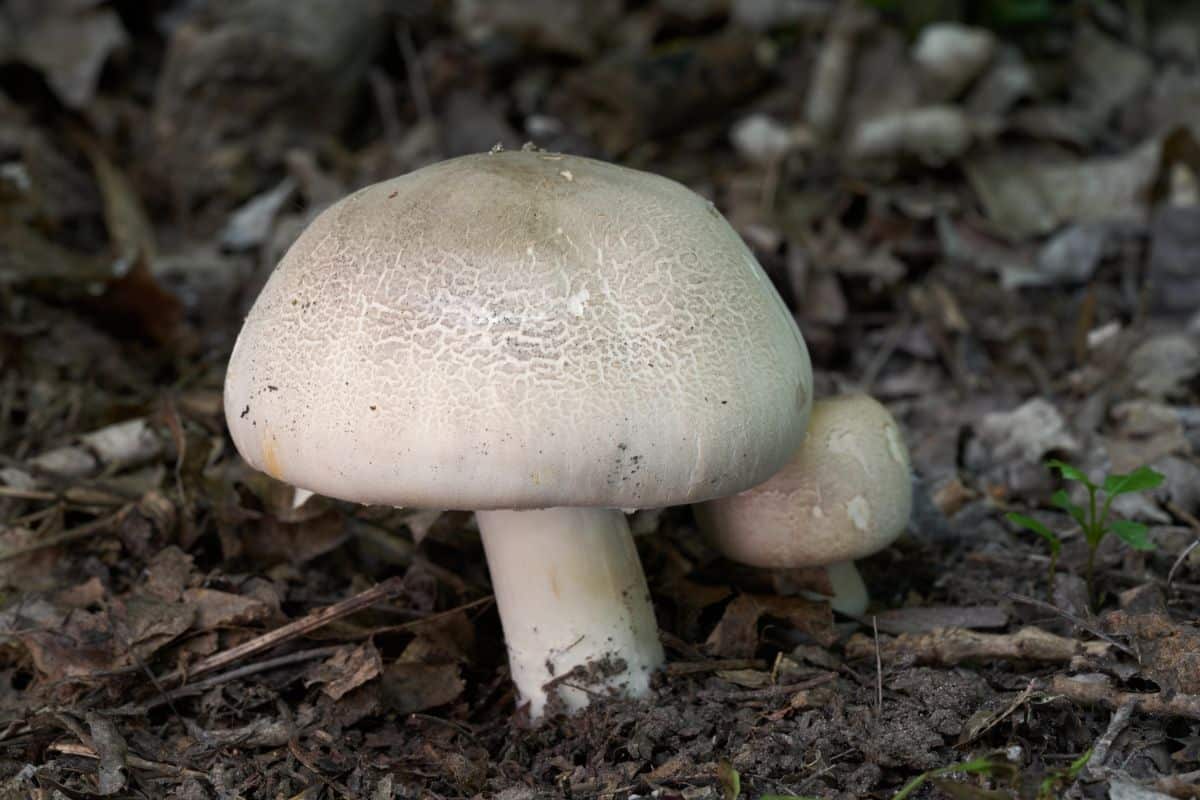
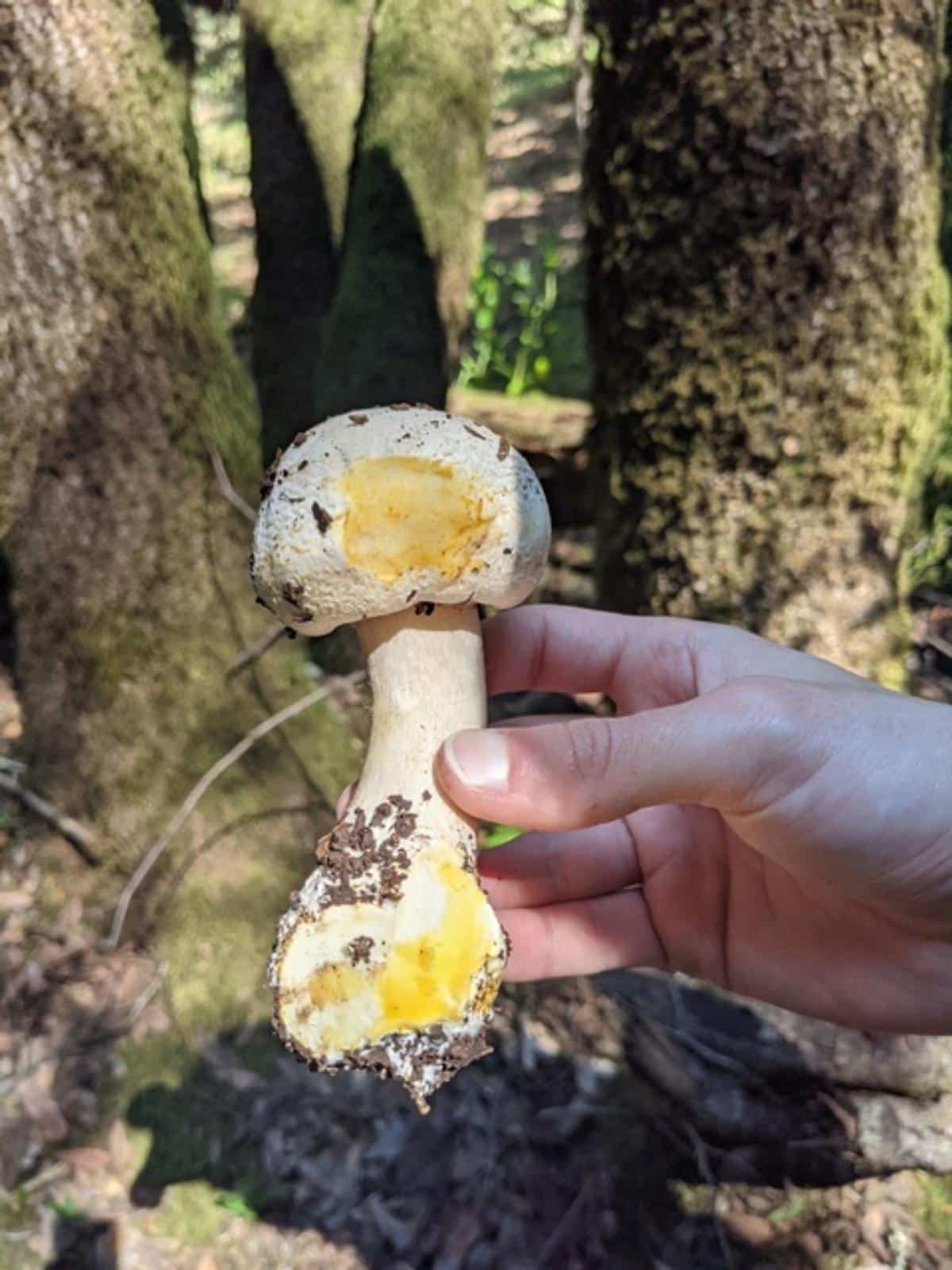
Jump to:
All About The Yellow Stainer
The Yellow Stainer mushroom holds various names indicative of its distinct characteristics. Commonly referred to as the “yellow-staining mushroom,” it emphasizes the mushroom’s most distinguishing feature – the bright yellow coloration it displays when its flesh is cut or bruised. It’s widespread and can be found in North America, Europe, West Asia, North Africa, and even as far as southern Africa and Australia, where it’s considered an introduced species.
Agaricus xanthodermus was officially defined and named by Leon Gaston Genevier, a French botanist, in 1876. The scientific name “Agaricus xanthodermus” is derived from the Ancient Greek words for “yellow” (xanthos) and “skin” (derma), which perfectly describe this mushroom’s prominent yellow staining reaction. The Latin adjective ending “xanthodermus” was given to signify its yellow skin. It is worth noting that the alternate spelling “Agaricus xanthoderma” is also commonly used.
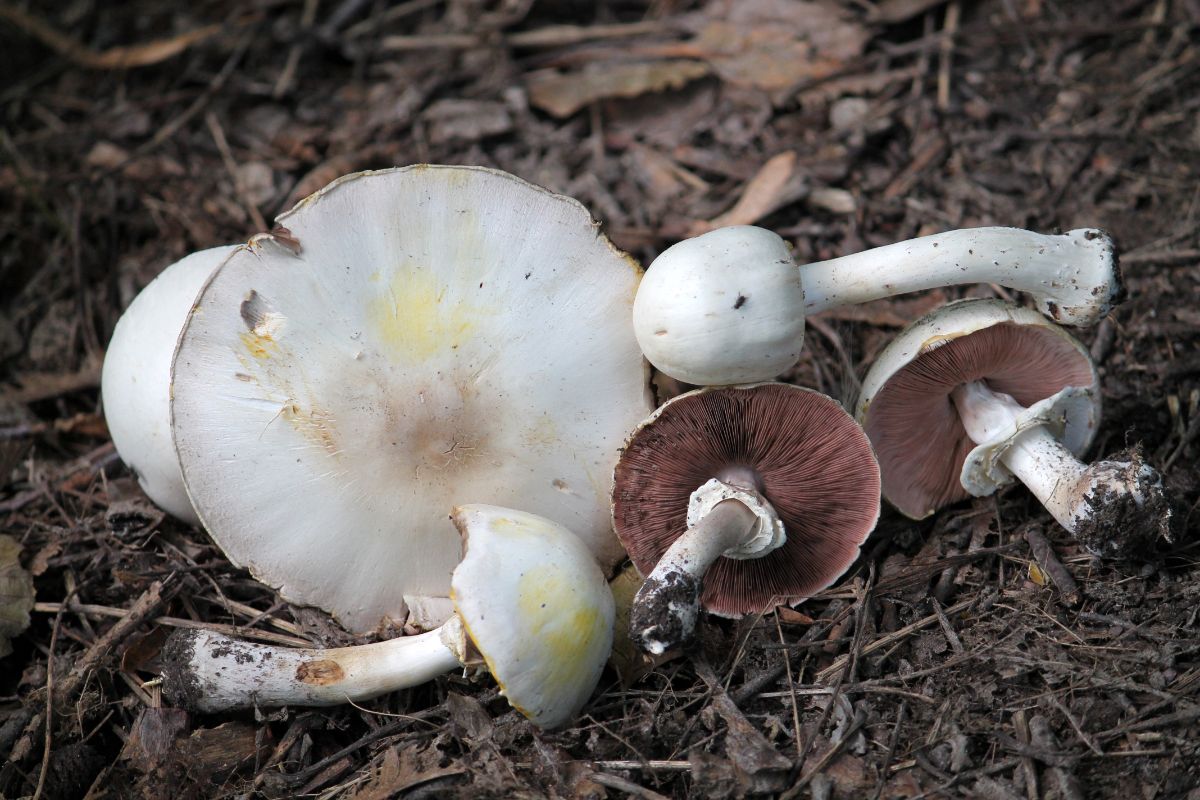
Identification Guide: Yellow Stainer Mushroom
Season
Yellow stainer mushrooms are most abundant from early fall to mid-winter, though they can fruit throughout the year when moisture is available.
Habitat
The Yellow Stainer is a saprobic species, meaning it obtains its nutrients from decaying organic matter. This makes it a common sight in woods, lawns, gardens, and hedgerows. It is commonly encountered in urban settings, particularly in grassy areas such as parks and yards. However, it is also known to occur in thin woods, especially on the West Coast. These mushrooms are widespread across North America.
Yellow-staining mushrooms grow from the ground, never from trees or wood. They appear singularly, either completely alone or in close or scattered groupings. These mushrooms may also form arcs or circles with many specimens appearing at once.
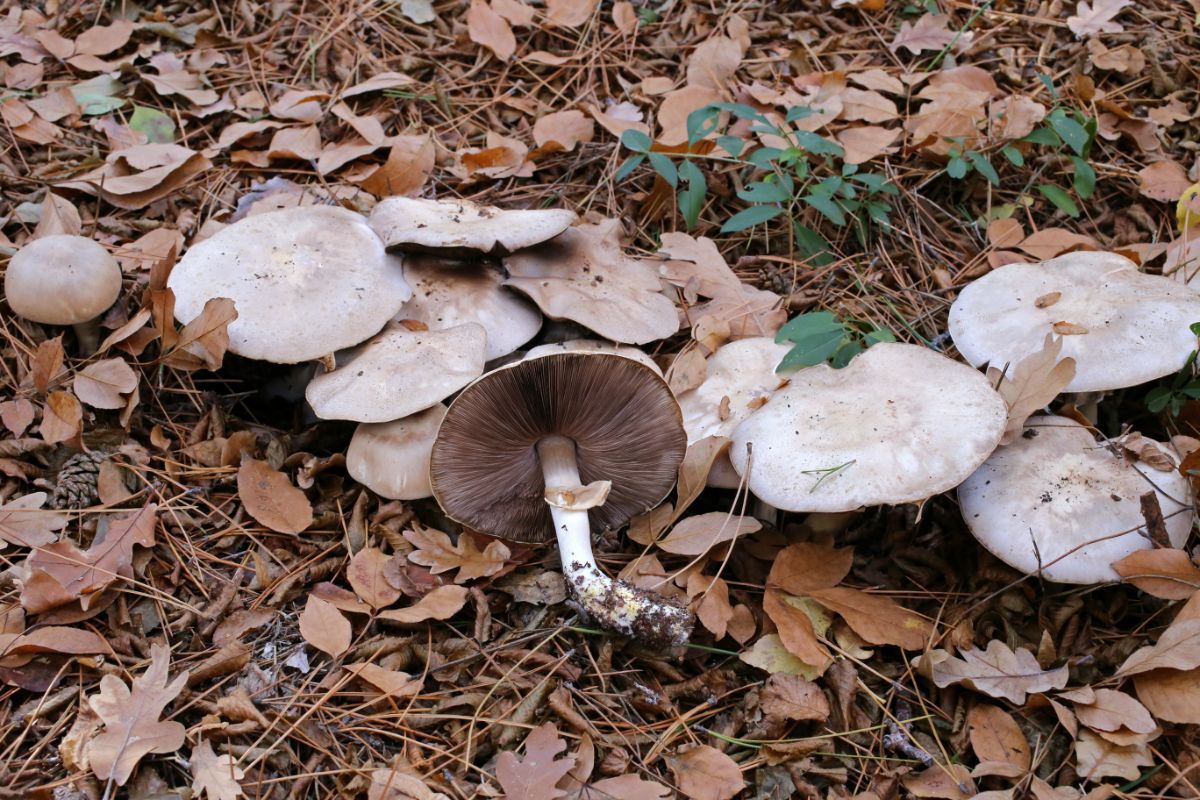
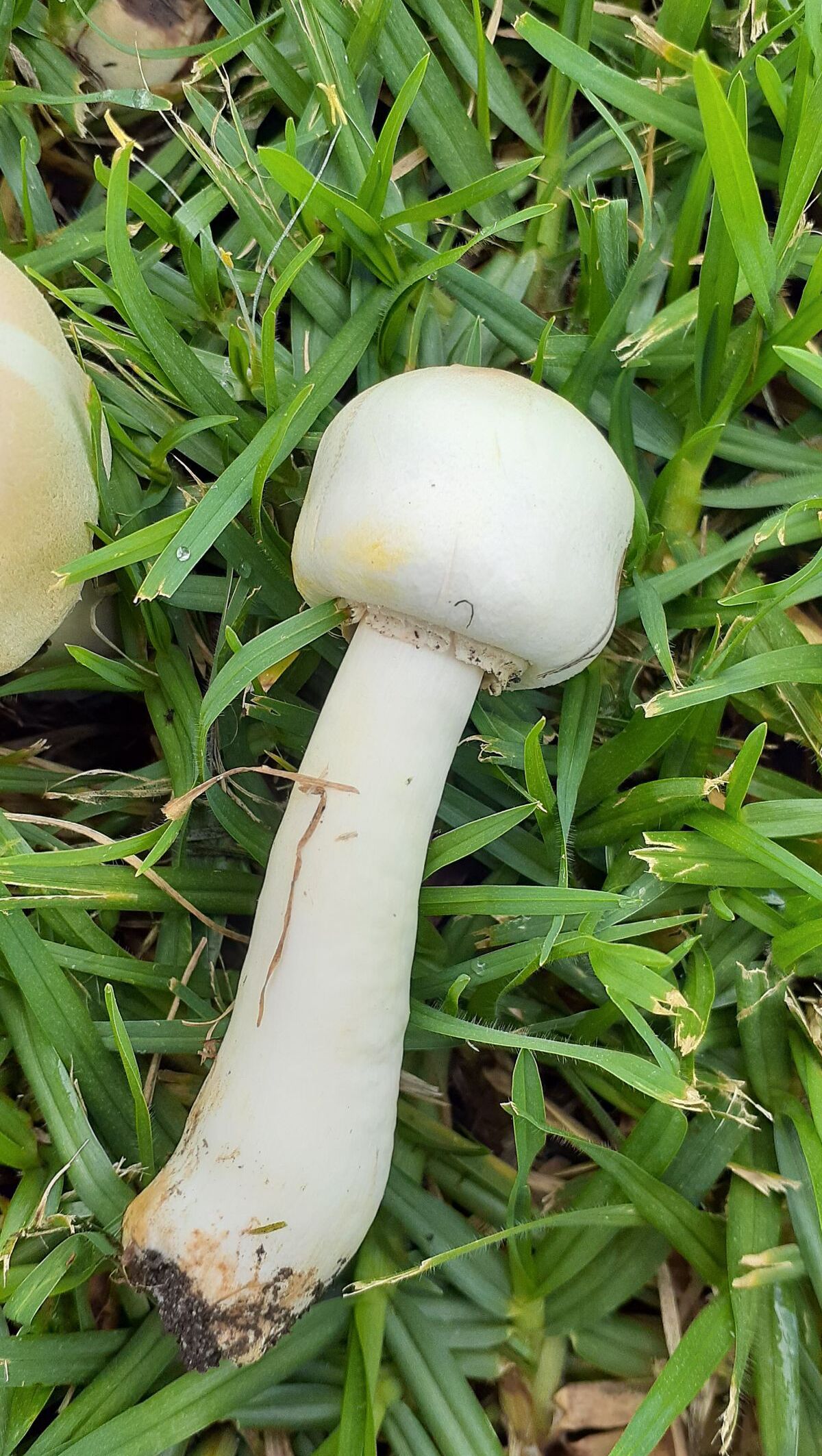
Identification
Cap
The cap ranges from 2-6 inches in diameter and is whitish with light brown tints towards the center. It may be buff to tan in the center and whiter at the edges. It starts out initially mostly rounded or irregularly rounded but then flattens with age. The cap surface is dry and smooth and turns yellow when bruised, especially at the edges. With time, the yellow staining changes to brown.
Gills
The gills are whitish when young, then turn pinkish-brown, and finally chocolate-colored with age. They are crowded and free from the stem. There are many short gills, as well, that don’t reach all the way to the stem.
When young, the gills are covered by a membranous, thick, and white partial veil. The veil breaks apart as the mushroom grows, leaving a ring of tissue around the stem.
Stem
The yellow stainer’s stem is 2-5 inches tall and more or less equal above a slightly enlarged or bulbous base. It is smooth without decorations, white, and turns yellow when bruised.
Around the stem is a ring or skirt, a remnant of the universal veil. The skirt is white, thick, and flares outwards. It features a thick outer edge and also stains yellow when handled or cut.
Flesh
The flesh is primarily white, with bright yellow at the base of the stem. This yellow coloring is most noticeable when you cut the base of the stem in half. The flesh is firm and thick, like a store bought button mushroom.
Odor and Taste
Yellow stainer mushrooms smell phenolic, reminiscent of ink, iodine, or carbolic soap (sickly sweet and robust), which becomes very intense after cooking. The scent may be faint in some species; to be sure, crush the stem, as that’s where it smells the strongest. The taste is not distinctive.
Spore Print
Dark brown
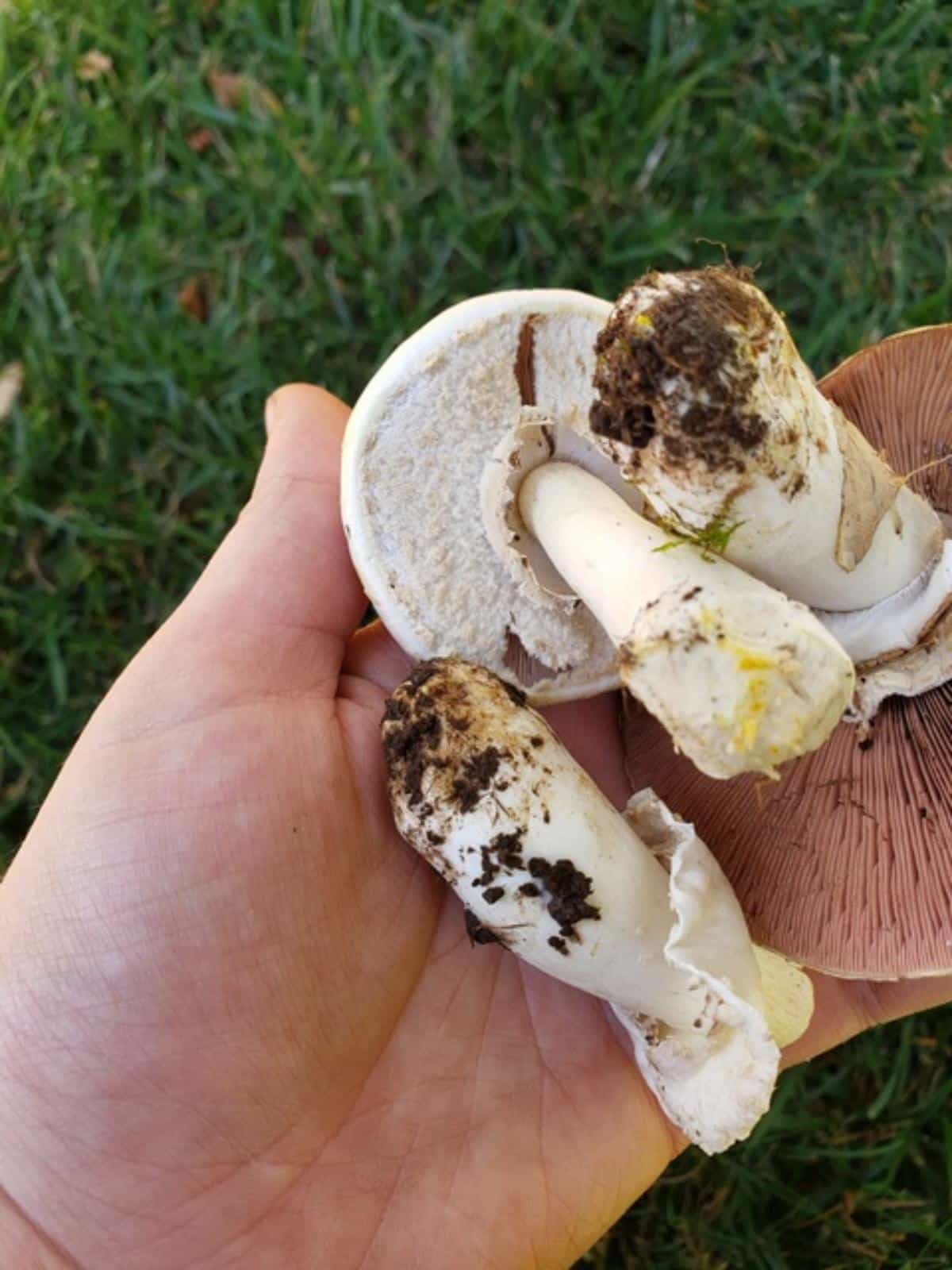
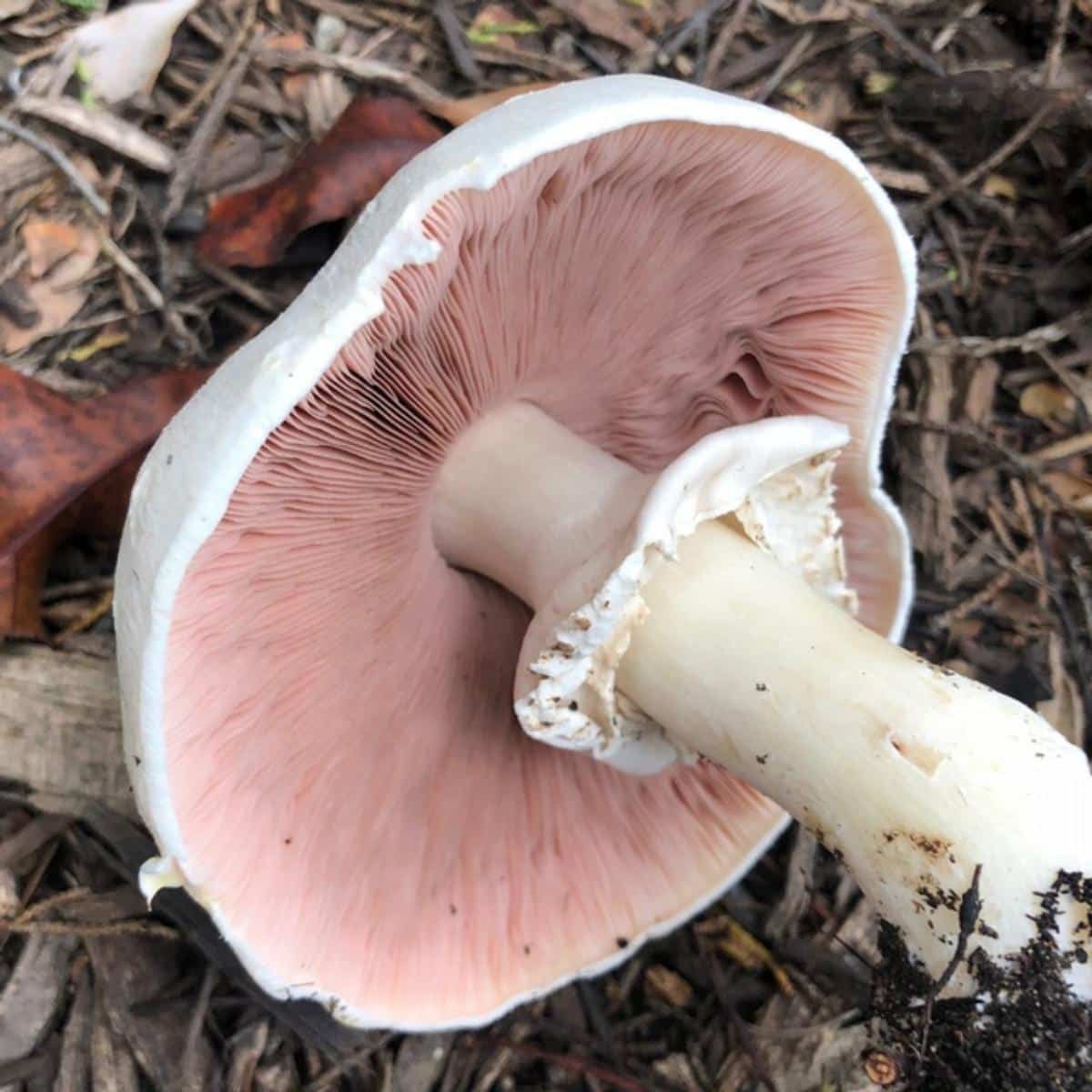
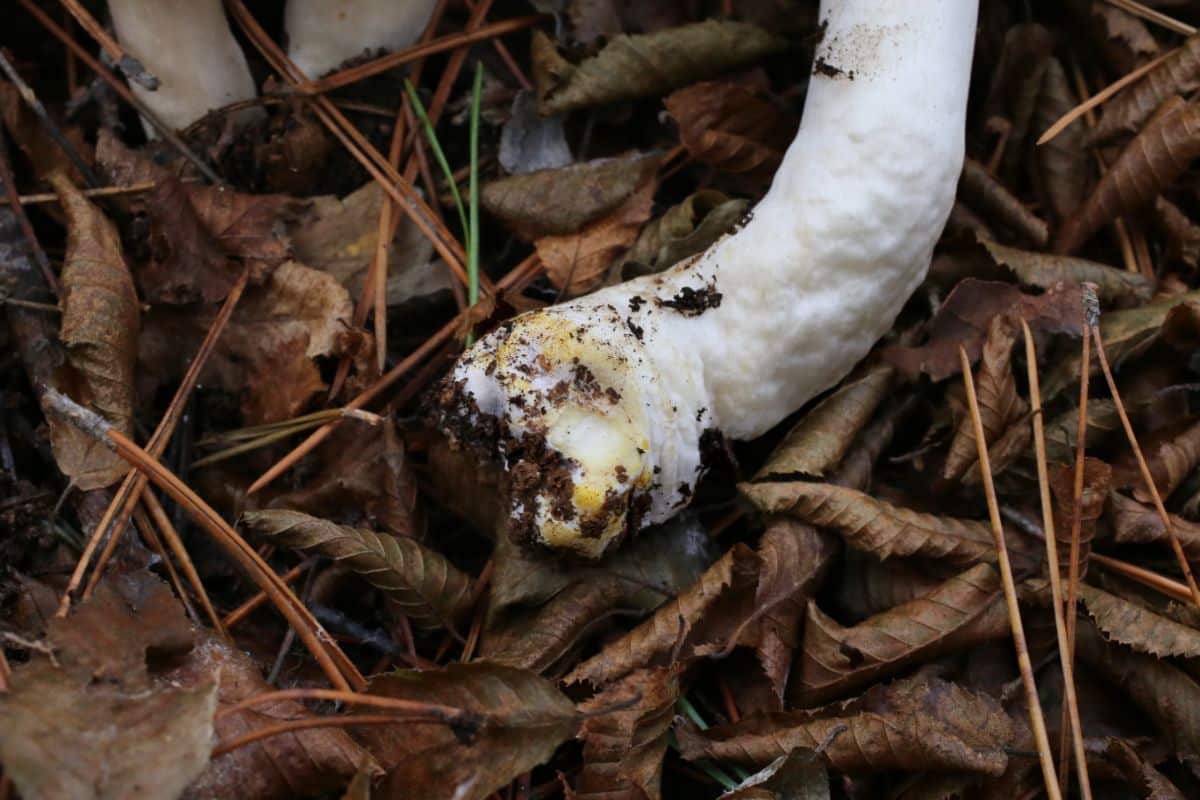
Yellow Stainer Mushroom Lookalikes
The Yellow Stainer bears a striking resemblance to several other species, which can lead to confusion. Here are some lookalikes and key distinguishing factors:
Meadow Mushroom (Agaricus spp)
This cousin of the yellow stainer mushroom shares a similar appearance but does not turn yellow when cut or bruised. The field mushroom is an edible species, so if you forage them, always check for yellow staining to avoid collecting the wrong mushroom.
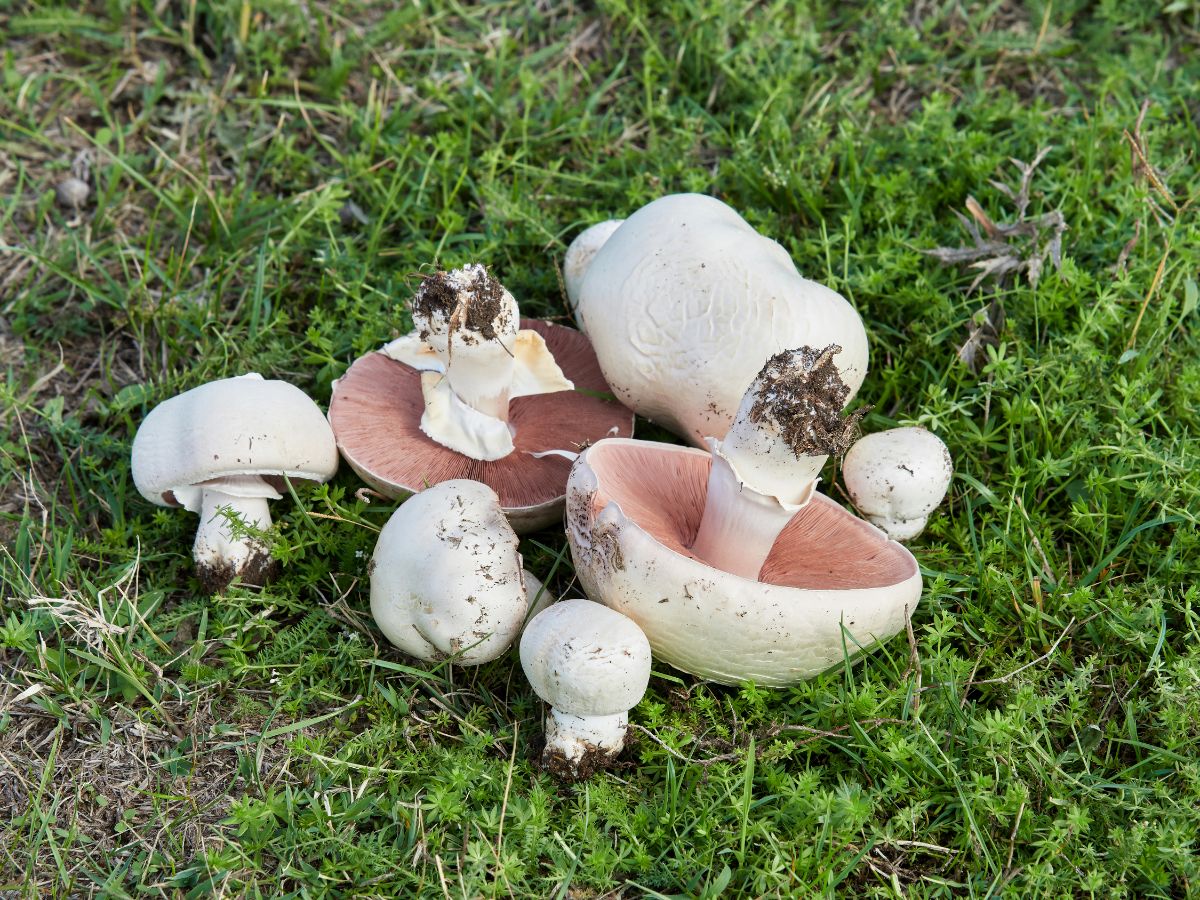
California Agaricus (Agaricus californicus)
This species is similar in appearance but differs in the cap color, which is more cream to pale yellowish. It is also toxic, like the yellow-stainer. California Agaricus stains yellow, but is may be light to almost non-existent, which can be problematic. It only grows in California, so you’ll only have an issue with this one if you live there.
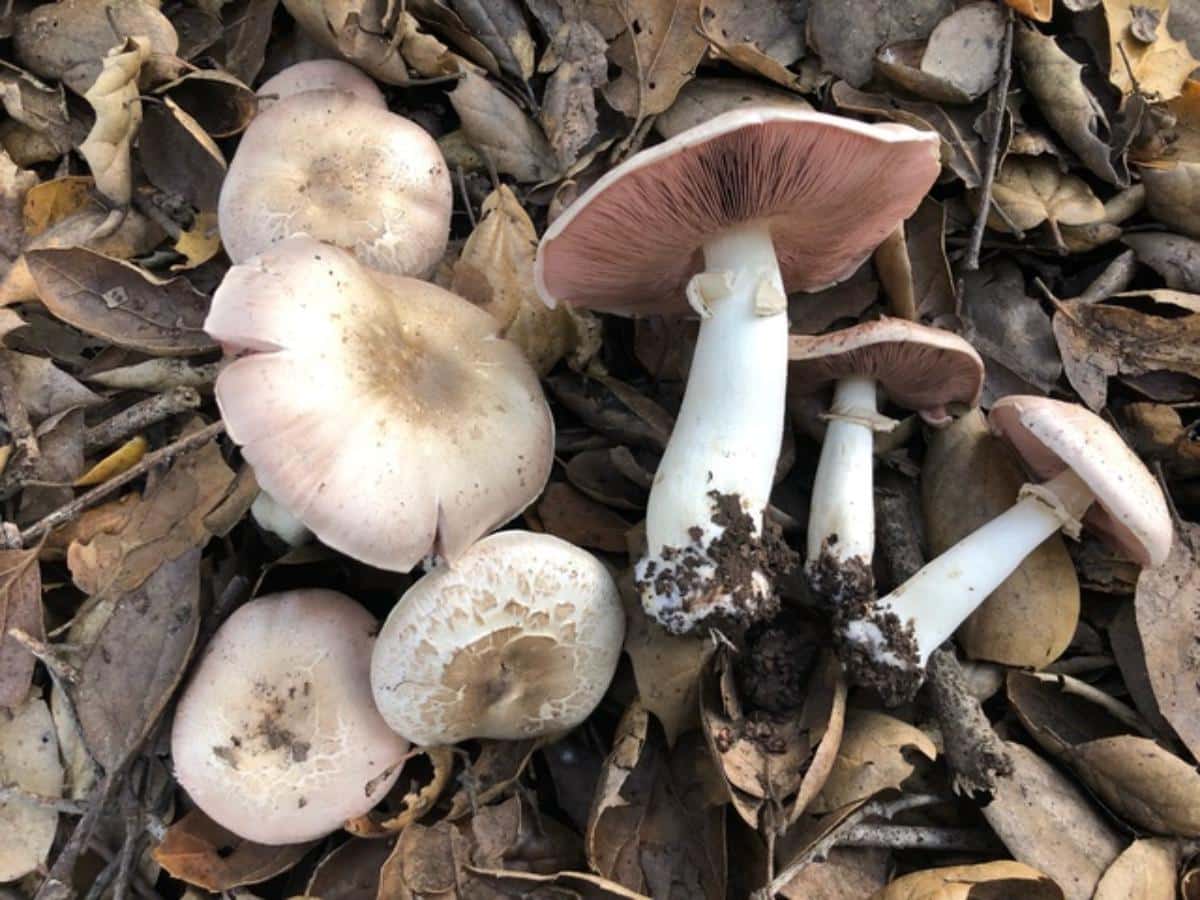
Prince Agaricus (Agaricus augustus)
The prince mushroom is slightly similar looking, especially since the cap might bruise lightly yellow when handled. However, the prince agaricus has brown fibers all over the cap, smells strongly like anise, and only grows in the Pacific Northwest in North America.
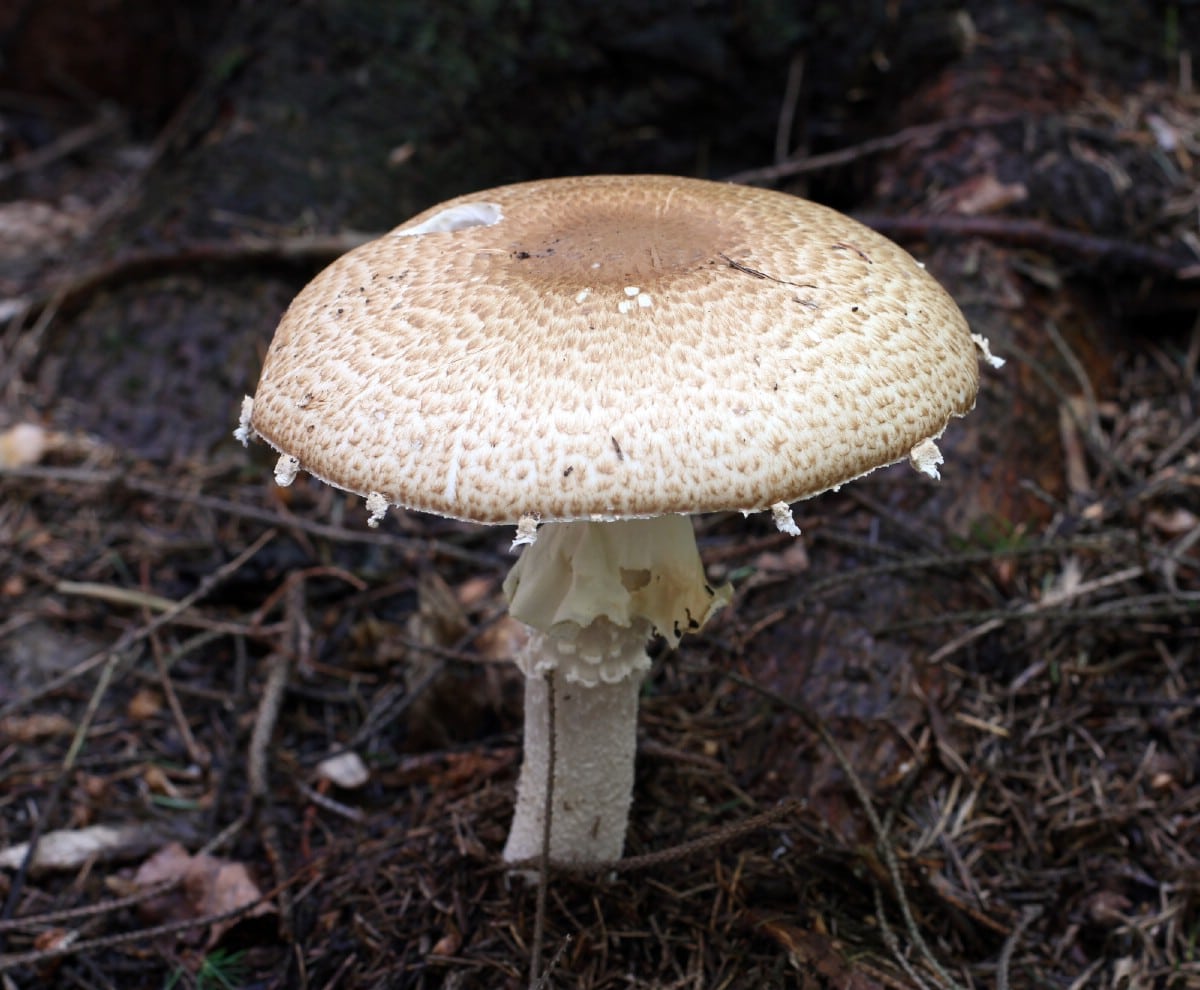
Horse Mushroom (Agaricus arvensis)
Like the yellow-stainer, the horse mushroom’s cap turns yellow when handled. However, it is much lighter, not nearly as pronounced, and might not happen immediately. Additionally, it smells like anise and not iodine, like the yellow-stainer mushroom.
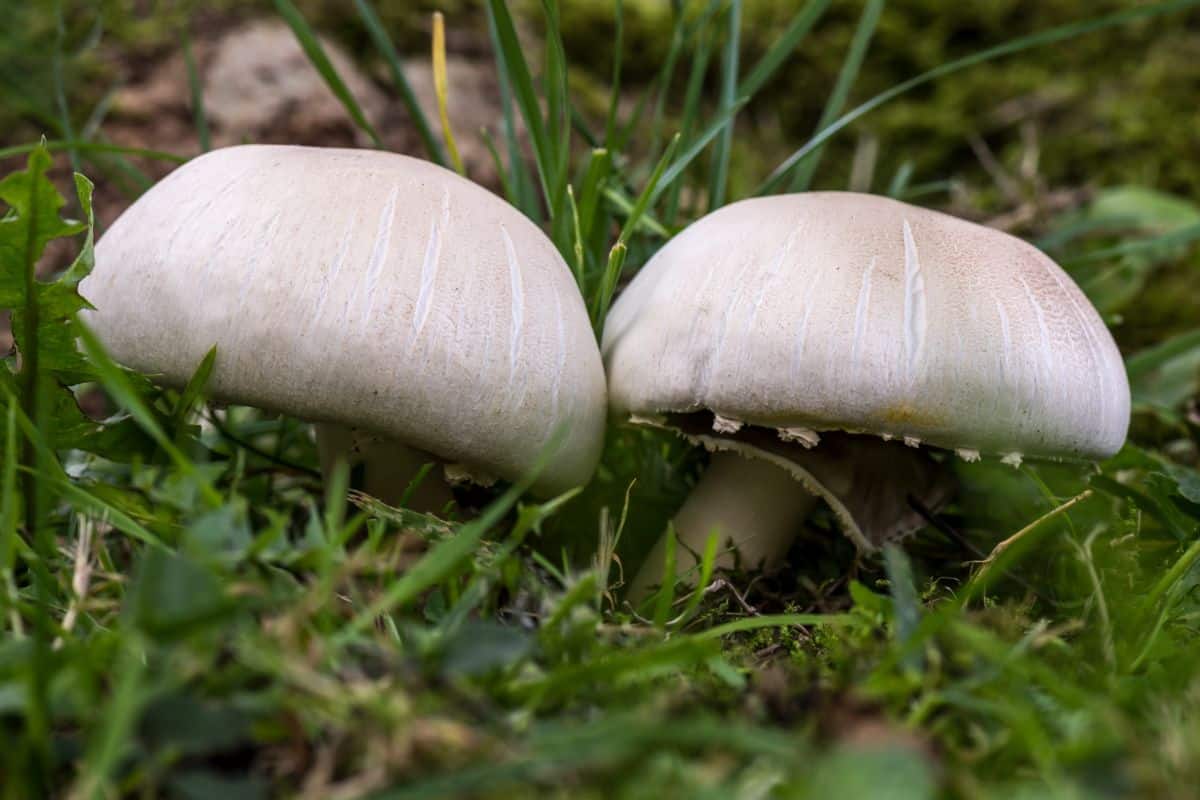
Wood Mushroom (Agaricus silvicola)
This species also turns yellow to a lesser extent, but it does not display such an intense reaction as the Yellow Stainer upon bruising. The wood mushroom, like the horse mushroom, field mushroom, and prince agaricus, also smells like anise and not like iodine. And, this mushroom grows in the woods, not open fields, meadows, yards, or gardens.
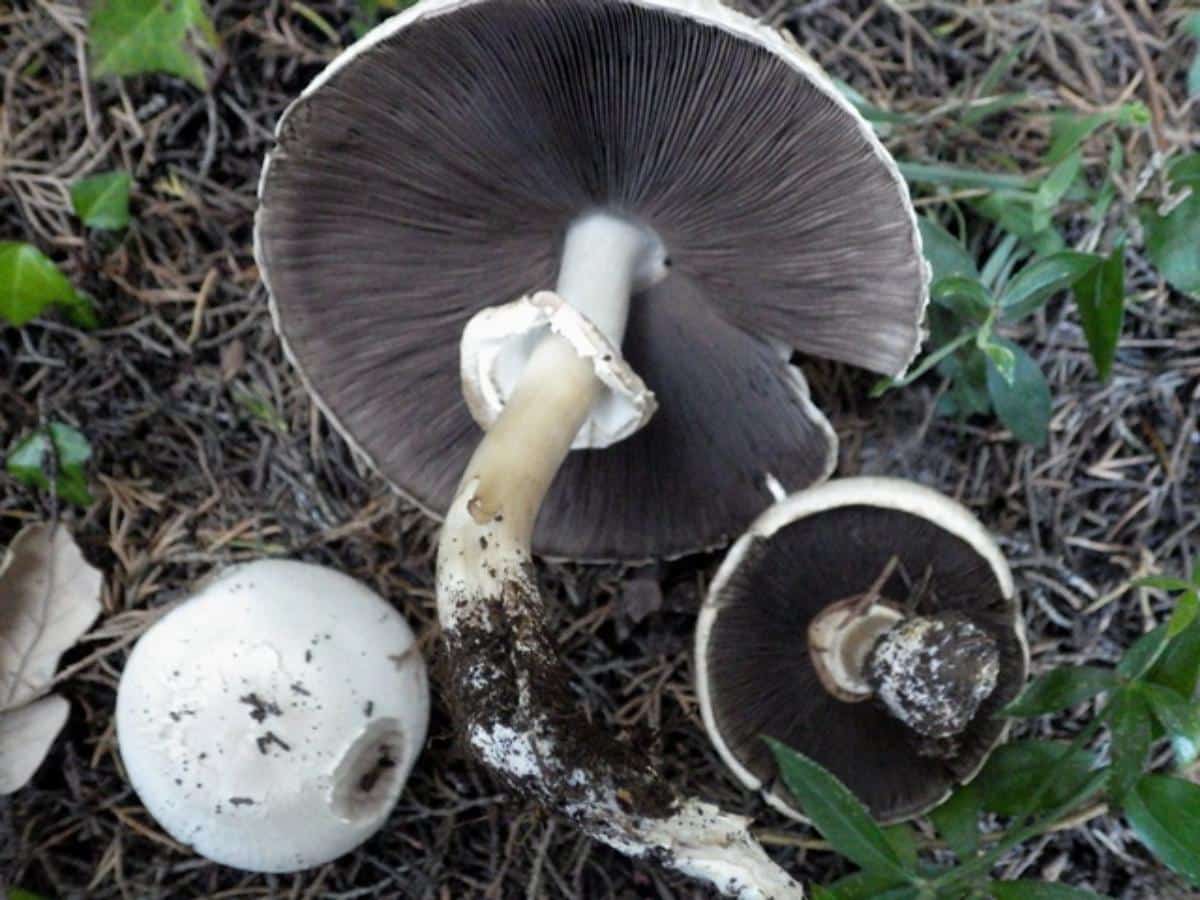
Yellow Stainer Edibility
While some individuals claim to relish the Yellow Stainer, it’s generally considered toxic. Consumption can lead to severe gastrointestinal upsets, including symptoms of sweating, flushing, severe stomach cramps, nausea, vomiting, sweating, and diarrhea. The phenolic odor of the Yellow Stainer becomes very noticeable upon cooking, which should ideally act as a deterrent to its consumption.
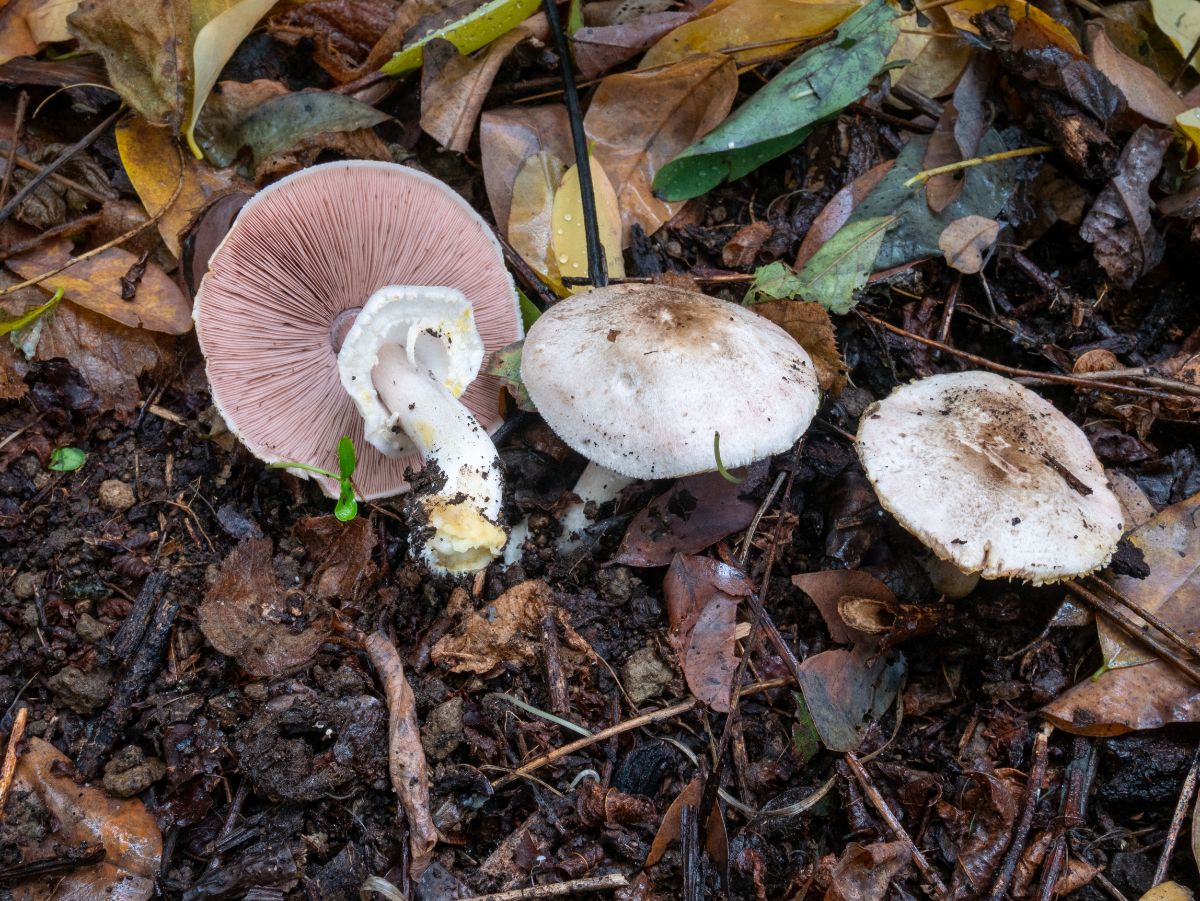
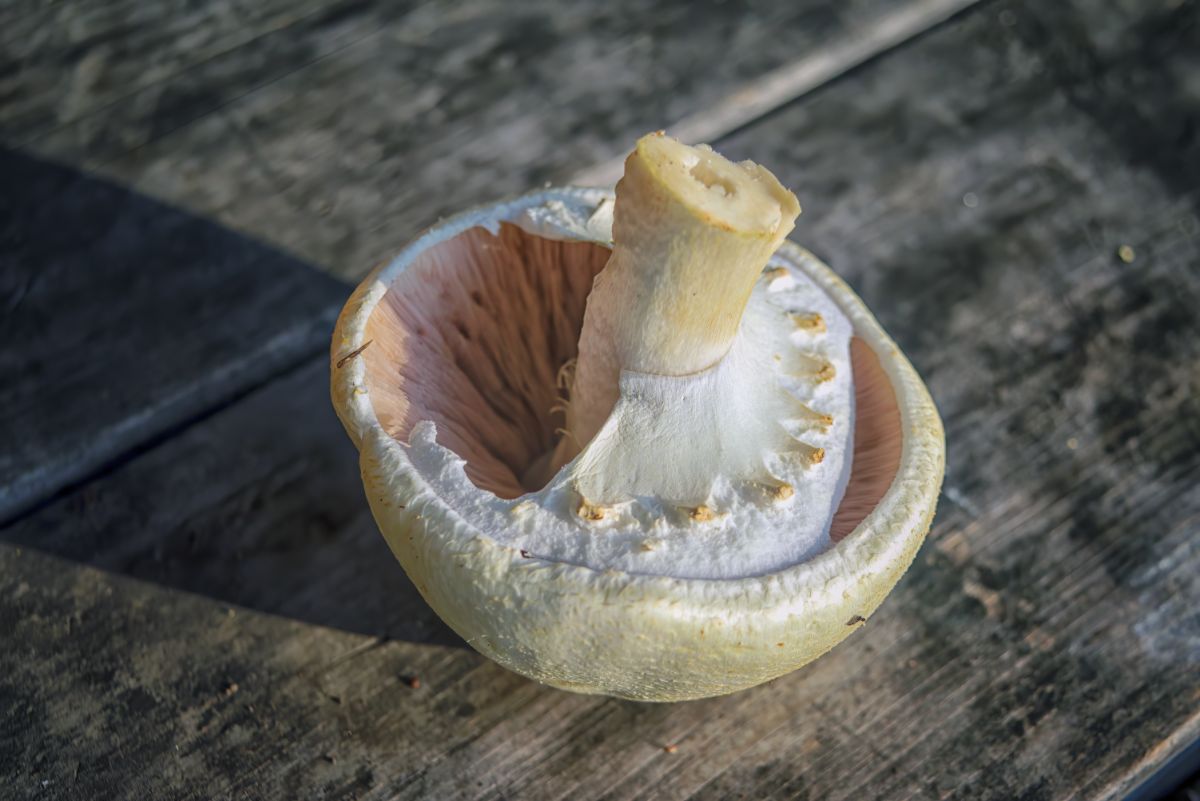
Yellow Stainer Mushroom Common Questions
Is Yellow Stainer mushroom edible?
We do not recommend eating this species, as it causes severe gastrointestinal distress in many people. It seems, though, that some people are fine eating it and have no issues. The only way to determine if you are okay to eat this mushroom or will have your insides turned outside is to try it — not worth it in our opinion!

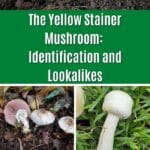
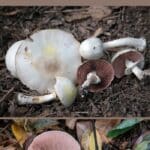
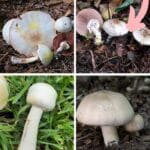

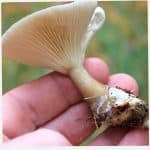



Leave a Reply